Description
Debbie Slik and Cynthia Norris offer practitioner-friendly recommendations to strengthen the language and reading skills of African American students through mindful teaching practices.
Summer Color Cookout
Description
Summer reading log and coloring sheet
2023 Year in Review
Description
This infographic provides an overview of Center accomplishments.
Alternative Asssessment of Language and Literacy in Culturally and Linguistically Diverse Populations
Description
This infographic explores how traditional approaches to language and literacy assessment can be systematically inaccurate for CLD students.
Improving Adolescent Literacy (ELA 114)
Description
This video offers quick demonstrations for teachers and students to enhance text comprehension and literacy skills.
Improving Adolescent Literacy (ELA 113)
Description
This video offers quick demonstrations for teachers and students to enhance text comprehension and literacy skills.
Literacy Leadership Teams: Supporting Implementation of Evidence-Based Reading and Literacy Practices in Schools
Description
Exploring what school leaders face when supporting the implementation of EBPs in classrooms.
Examining Student Reading Achievement in the Heggerty Phonemic Awareness Curriculum
Description
Examining if reading scores differ for students in schools using the Heggerty program compared to students in schools using their typical reading instruction.


